Natural Materials in Cob House Construction: Clay and Straw
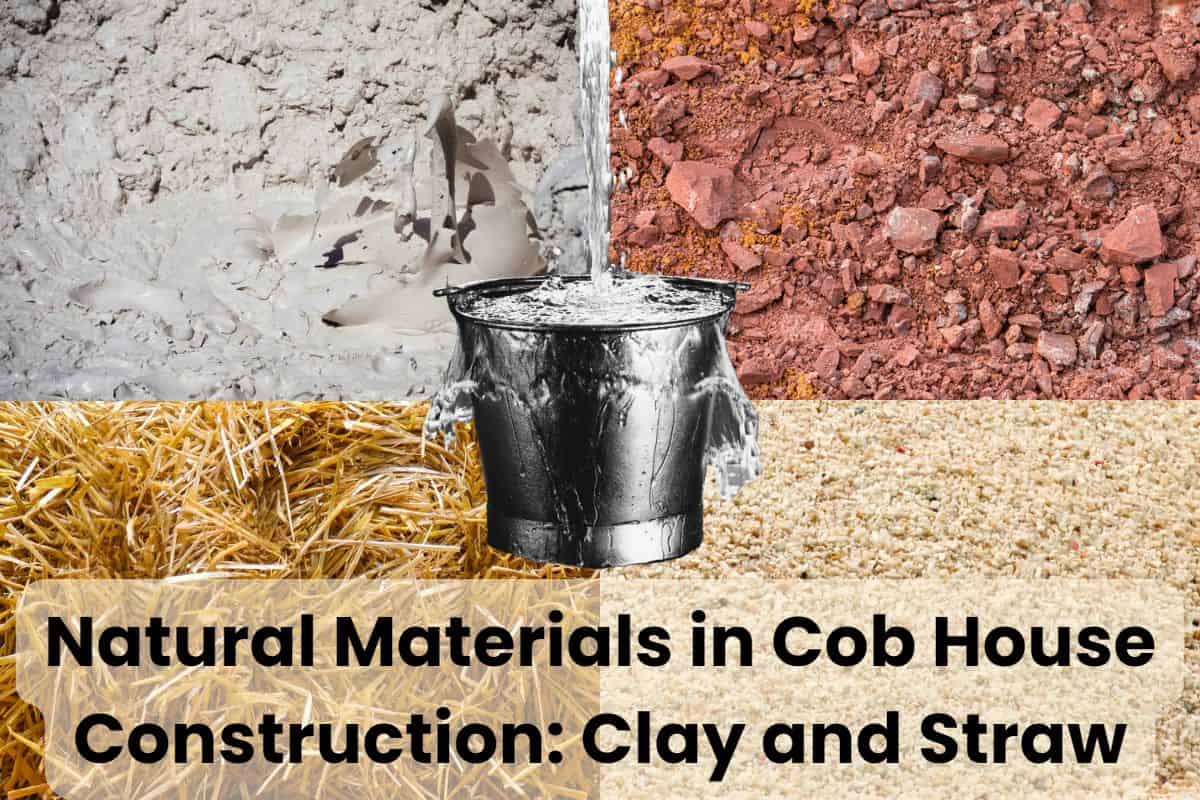
The idea of cob house construction is nothing new — throughout history, people have been building houses out of clay and straw.
Nowadays, the trend towards sustainable construction has thrust cob houses into the spotlight like never before thanks to their natural raw materials. On that note, what are the natural materials in cob house construction?
The natural materials in cob house construction are clay, straw, water, and sand. The proportions of these ingredients come in handy for a strong, durable cob that’s easy to sculpt. That said, cob is only suitable to build with if mixed correctly; otherwise, it won’t stand the test of time.
In the rest of this article, I’ll discuss the natural materials in cob house construction and how to make cob.
I’ll also discuss why cob is a sustainable building material and how to make it suitable for construction. Let’s get started!
Proportions of the Natural Materials in Cob House Construction
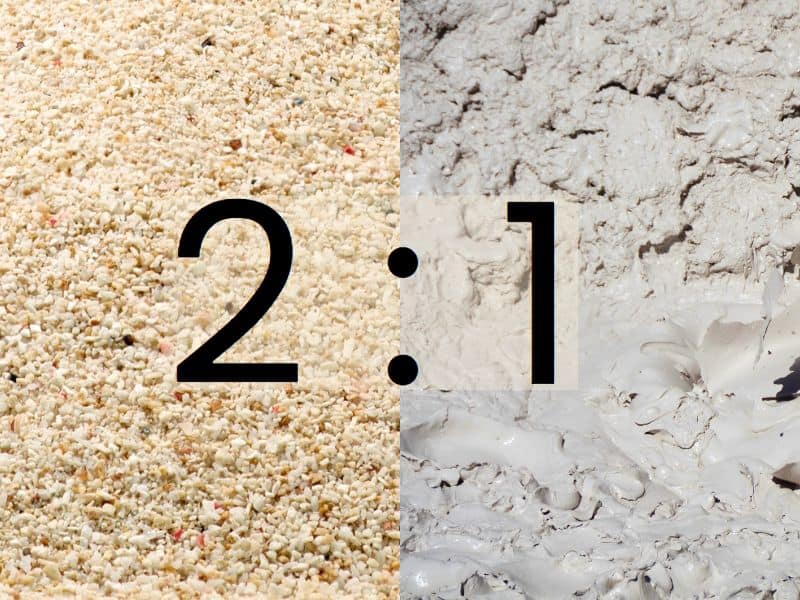
Cob is an ancient natural building material made from sand, clay, straw, and water. These ingredients are mixed in different proportions to create a homogenous and sturdy material that can be sculpted into any shape imaginable.
It’s worth noting that making cob is not just a matter of throwing these ingredients into a bowl and mixing them. Getting the proportions right is essential for a strong cob structure that will last many years.
Let’s explore the ideal proportions of each of these natural materials!
The Ideal Soil for Cob Mix
Many people make the mistake of using topsoil for cob.
Topsoil contains organic matter and microorganisms that can degrade cob over time.
According to research, subsoil is the best option for cob construction because:
- It’s rich in clay soil: Clay is an essential component in the cob mix as it acts as a binder. It binds together the straw, sand, and any other aggregate.
- Is less prone to freezing: According to the American Concrete Pavement Association, subsoil has the right composition that drains easily by gravity. Therefore, it’s less prone to freezing, which can cause cracking in the cob.
- Little organic matter and microorganisms: As discussed earlier, organic matter and microorganisms can degrade cob over time. With subsoil, you won’t have to worry about that since the soil has very little of these components.
Now that you know the ideal soil for cob, let’s proceed to the appropriate proportions to make cob suitable for construction.
Two Parts Sand
Sand makes the highest composition in the cob mix. It acts as a stabilizer and adds strength to the cob.
Sand should make up two-thirds of the mix. It’s best to use clean sand free from any debris or potential contaminants.
A rule of thumb is to go for rough and coarse sand with different particle sizes. These characteristics mean the particles can lock together better to prevent cob cracking.
An easier way around sand selection is going for concrete sand. Besides being rough, concrete sand has different-sized particles that hold together better to prevent cracking.
If you opt for gravel, ensure its rocks are no bigger than ¼ an inch (6.35 mm) for the best cob mix.
One Part Clay
Clay makes up one-third of the cob mix and acts as a binder. It binds the sand, straw, and other aggregate together for a strong cob.
You’ll want to go for clay soil that is wet enough to form into a ball when you squeeze it. It should not crumble in your hands or be too dry.
A ribbon test is ideal for determining if your subsoil type has sufficient clay for making cob.
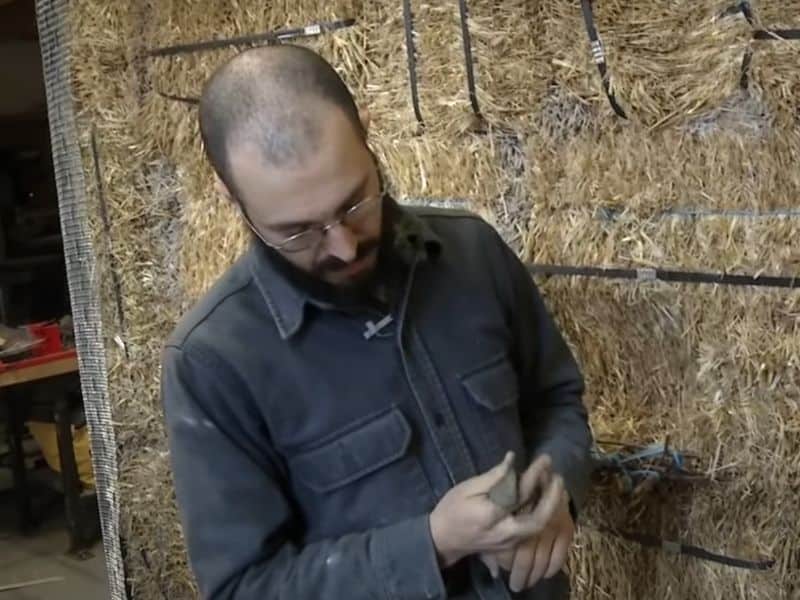
A good rule of thumb here is to ensure no big chunks of clay are in the mix. If there are, it means your clay is too dry or contains too much organic matter.
Expert Advice: It’s easy to confuse silt for clay. A simple way to avoid this confusion is by looking at the soil’s appearance. If it appears shiny, it’s silt; if it appears dull, it’s clay.
Some Straw (Fiber)
Straw acts as fiber in the cob mix. It’s the natural rebar in cob, fulfilling similar functions as metal rebar in concrete.
The main function of straw is to add shear and tensile strength to cob walls to create a monolithic structure without mortar joints.
Ideally, you just need a fairly rich straw addition — enough that each handful of cob mix has strands of straw running through it.
A good rule of thumb is to aim for a fifth-gallon bucket of compressed straw for five buckets of dry ingredients.
Water
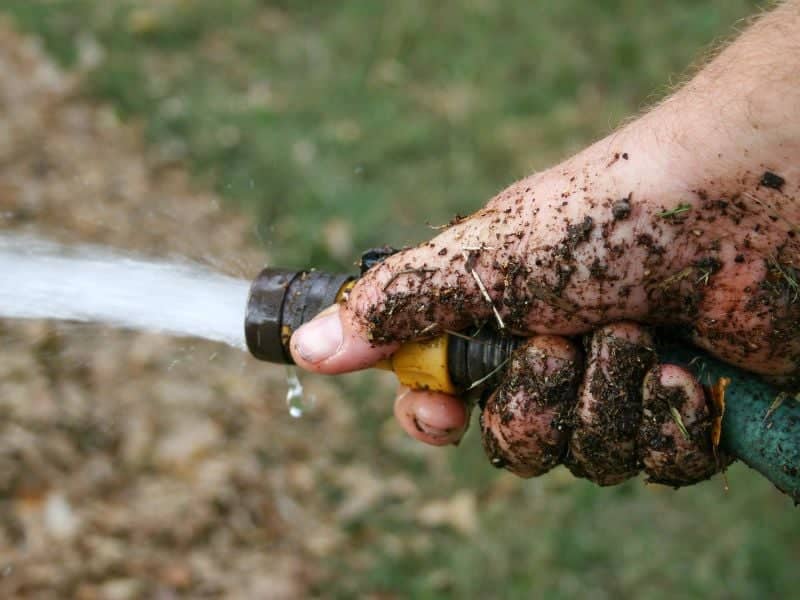
The key to success when making cob is getting the right amount of moisture. Too much water makes a sloppy and weak mixture, while too little makes an uneven and friable cob.
Aim for one part water to five parts dry ingredients for the best results.
How to Make Cob
Now that you have the right proportions for making cob, let’s proceed to mix these ingredients to make cob. Here is the procedure:
- Lay a tarp on a flat surface to mix the ingredients. Ensure no sticks or debris are underneath the tarp, as these can hurt your feet when mixing.
- Measure the dry ingredients (sand and clay) based on the above proportions and pile them in the middle of the tarp. The amount of dry components depends on the size of your cob project.
- Dry mix the materials thoroughly. You can do so using your hands, a shovel, or a hoe.
- Add water in the said proportion based on the quantity of the dry ingredients. Dig out a small crater in the middle of the dry ingredients for easy mixing and add a bit of water there.
- Mix the cob base with your hands and feet. When squeezed in your hand, the mixture should be thick enough to form a ball or sausage shape.
- Stomp the mixture to flatten it before adding the straw.
- Add straw into the mix and stomp it further to ensure proper mixing of the ingredients.
- Test the cob mix by squeezing it in your hand. Your cob is ready for use if it stays together and doesn’t crumble.
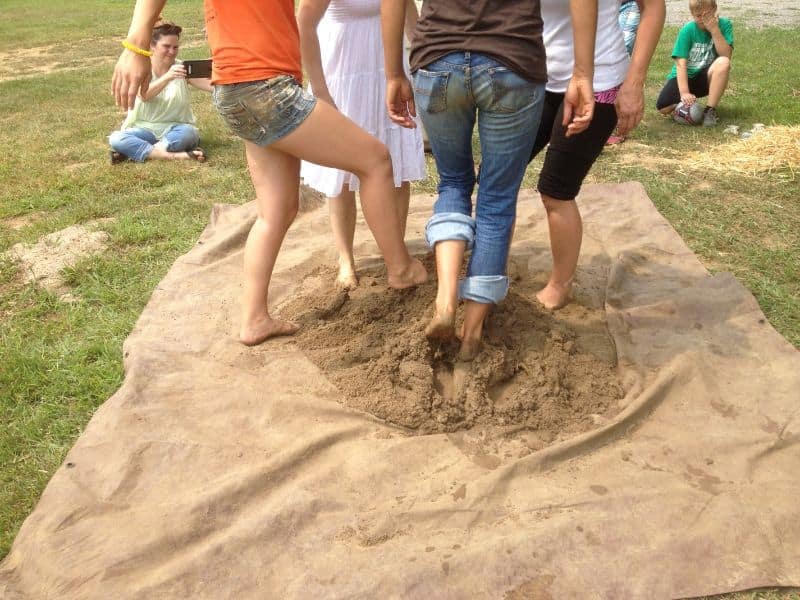
Reasons Why Cob Is Sustainable
Cob is a sustainable building material for the following reasons:
- It is made from natural materials that are locally sourced and readily available.
- The production process is energy-efficient.
- It’s highly durable; thus, it helps conserve natural resources.
- It has a high thermal mass and specific heat capacity.
Final Thoughts
Making the best cob mix comes down to the right proportions of ingredients.
Therefore, ensure to get the proportions of sand, clay, and straw right before you start making your cob.
Moreover, remember to add water in the correct ratio to ensure your mix is not too dry or too wet.
Now that you know the natural materials in cob house construction, check out this article for the cool tech behind earthbag homes and how long they last.




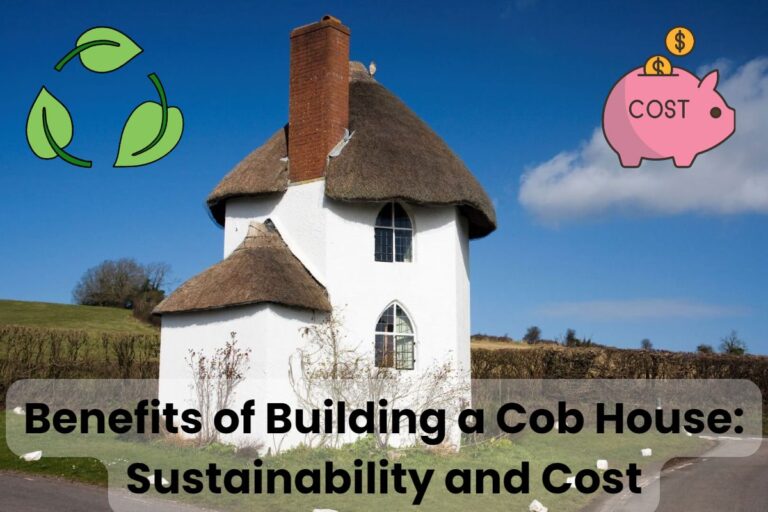
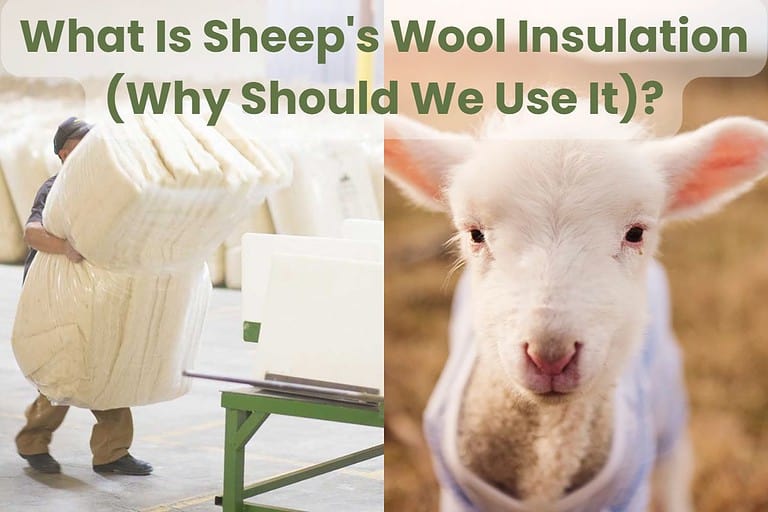


Enlightening. I still wonder how the straw may protrude to surface and how, unfired, it is subject to dissolving. How does one waterproof cob?
Hi Peter, I’m not sure what you mean about the straw dissolving. However, as far as your question about cob is concerned, lime render or plaster is often used to protect it from the elements.